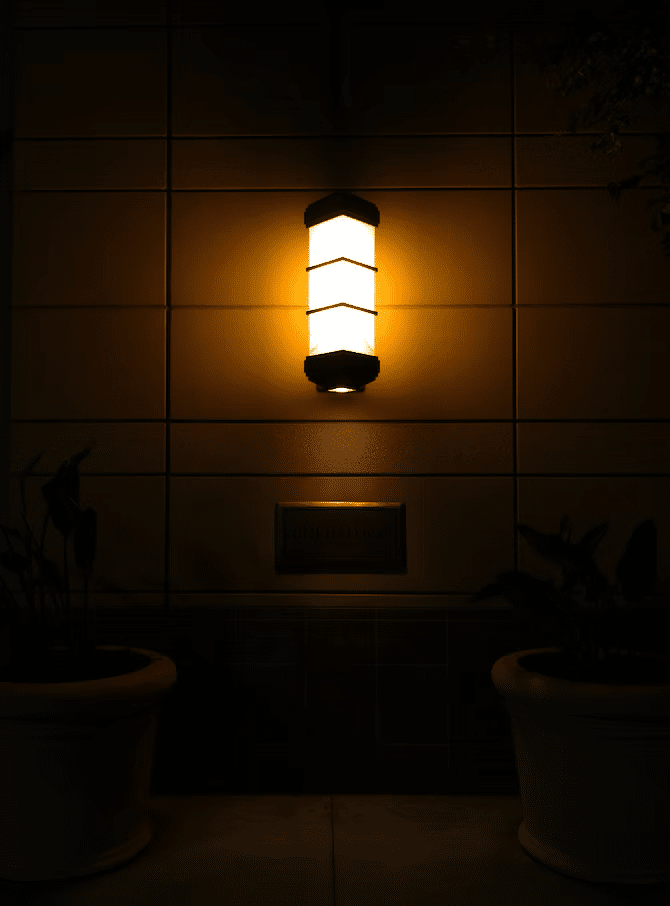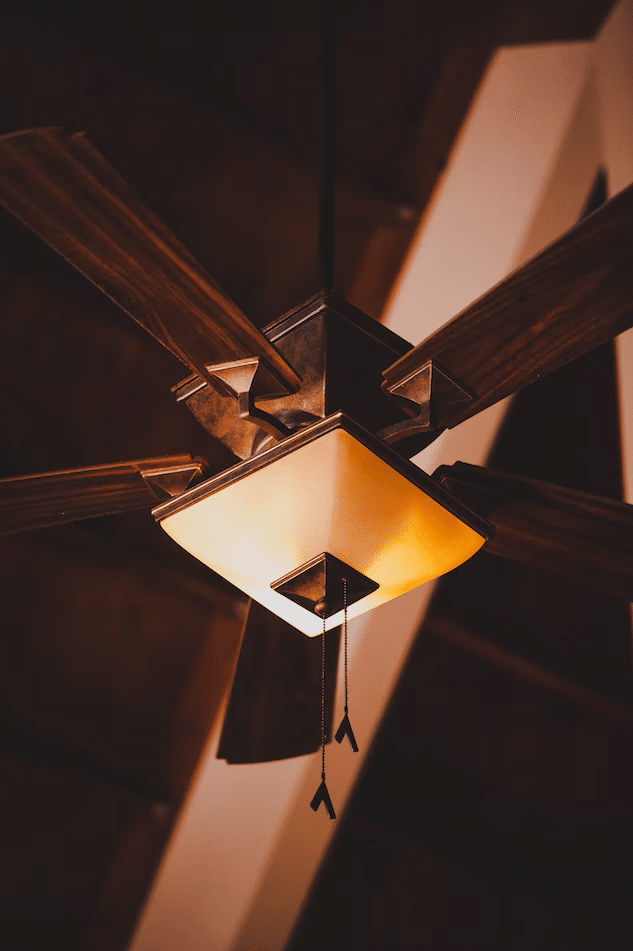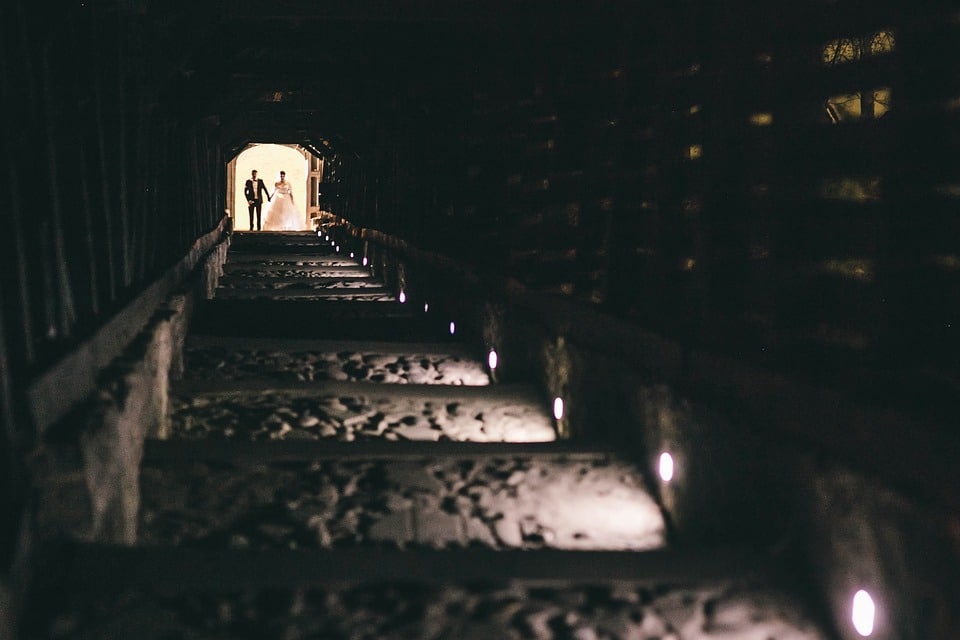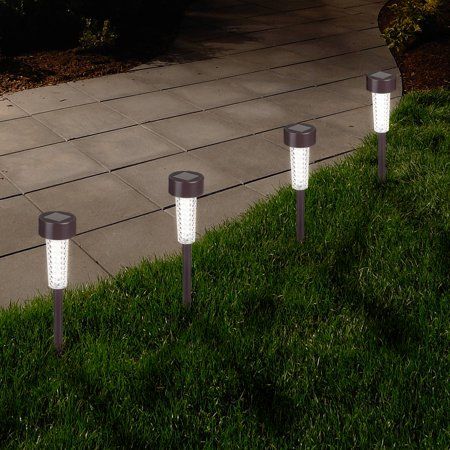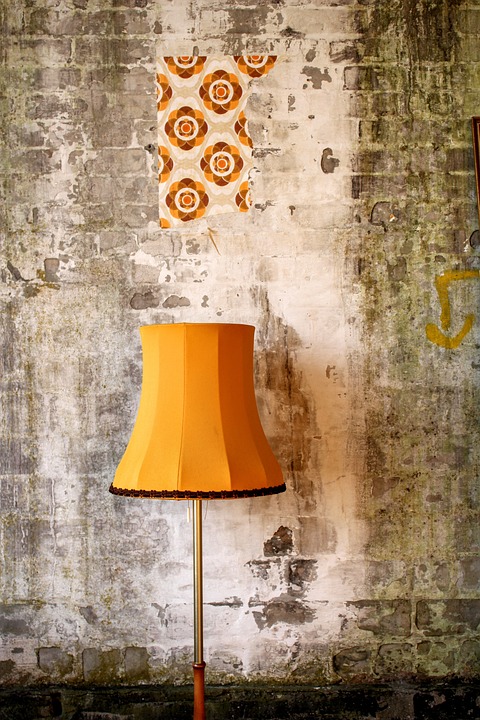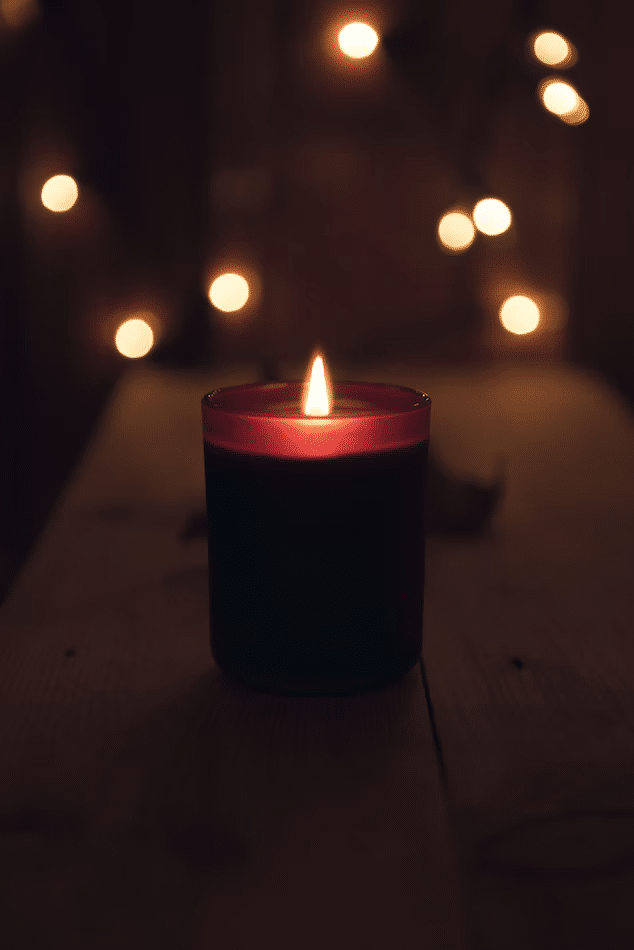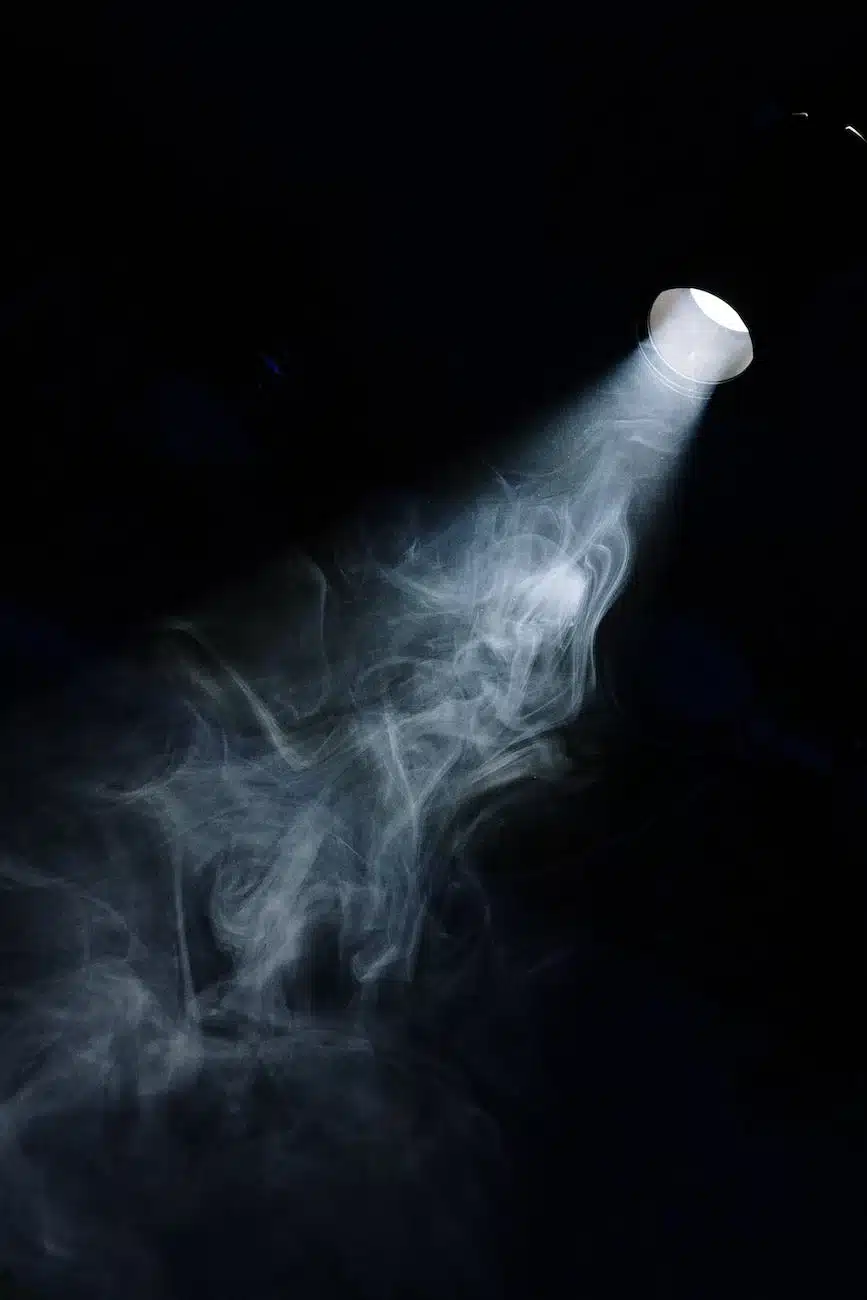Have you experienced your cookout or afternoon gathering getting moved indoors or cut short just because the sun has set? Why let darkness stop you from enjoying your yard to the fullest? If you don’t want to end activities such as barbecuing or swimming when night comes, then you will need proper outdoor lighting. (Related: 50 DIY Patio Lights to Brighten Your Outdoor Area)
There are different types of lighting options you can use for your outdoor living space. Aside from allowing you to continue backyard activities after the sun sets and improve navigation, some lights can be used to increase the visual appeal of the yard by accentuating different aspects of the landscape and architecture. You can also use outdoor lighting to decorate as well as protect your home and deter potential threats.
For each of these options, there are a variety of light fixtures that you can choose from. If you search for outdoor lights, you might get overwhelmed with different types available on the market.
To help you out, here are 18 lighting options and fixtures to make your outdoor living space more comfortable, safe, stylish, and well-lit.
Illumination
One of the main purposes of outdoor lighting is to illuminate a dark outdoor living space. Here are the most commonly used lighting options to light up the yard:
1. Outdoor Wall Lights
One of the most common types of lighting used to illuminate a yard is outdoor wall lighting. These are light fixtures designed to improve navigation and make it easy to maneuver around the backyard, especially areas covered in shadows or recessed spaces.
These lights typically have low-voltage to prevent creating a glare, which can be blinding and hazardous at night.
As the name suggests, these are mounted on walls, which means it only takes up vertical space, suitable for small outdoor areas. When you look for outdoor wall fixtures, it is recommended to use one with no bottom casing so it can cast a wider range of light.
2. Ceiling-mount Lights
Another lighting option that only takes up vertical spaces is a ceiling-mount light. These are used to cast a light on a wide space, such as the seating or dining area. As the name suggests, these are installed in the ceiling of a patio, porch, or shade structure.
For a double-purpose fixture, I suggest using ceiling fans with lights. Not only will it illuminate the space, but it can aid in ventilation and air circulation. Ceiling fans can also help deter insects and other pests, allowing you to freely relax in your outdoor area. If you do get a ceiling fan with a light, make sure that it is designed for outdoor use.
3. Recessed Lighting
If the ceiling of your outdoor area permits it, recessed lighting is a minimal way to illuminate the space. This overhead lighting can be built right into the ceiling, hidden from sight. These take up less room and won’t be protruding or hanging, decreasing visual clutter. Not only do these provide an uninterrupted view, but recessed lights are a great way to cast multiple beams over the area without overwhelming the vertical space.
4. Deck Lights
These are lights attached to a structure such as decks to make it easier to navigate up, down, and across the surface. Deck lights can have low- to high-voltage, casting an ambient glow or strong light to illuminate the area from the ground.
The purpose of these lights is to illuminate and prevent tripping accidents, so they can’t be a hazard. Since these are installed in the ground, deck lights are recessed in the surface or grooves so that you can walk over them.
Despite its name, this type of lighting is not only used for decks. These can also be installed along railings, stairways, and sometimes, even on each step of stairs. It would also be recessed to prevent additional clutter and avoid accidents.
5. Path Lighting
Similar to deck lighting, path lighting is used to illuminate pathways and walkways for easier navigation. These are usually installed along the sides of the path to prevent tripping on them. Since pathways and walkways are darker compared to the main outdoor area, path lights are moderately bright or have a soft glow to prevent blinding passersby.
Path lights are commonly recessed as well to prevent getting tripped on, but there are also models that protrude from the ground. This will define the pathway or walkway, giving it more structure as well as accentuating it.
One of the most common issues with path lighting is where to place the wiring. If you don’t want to worry about the wiring, you can opt for solar path lights, which can also help reduce your energy bill.
Decorative Lighting
While most homeowners use outdoor lighting for practical purposes such as illumination, another reason to install light fixtures is to decorate the yard. There are a variety of fixtures with different designs and finishes that you can get to increase the visual appeal of your outdoor space, here are some of them:
6. String Lights
This is one of the most popular lighting options used to decorate and illuminate an outdoor area. It creates a fairytale-like ambiance, making the yard more visually appealing. These lights can also be used to create a cozy atmosphere, perfect for both parties and small gatherings.
String lights are low-voltage and produce a soft glow, and are usually powered by battery or solar energy. These lights can also be connected to an electrical outlet, but it’s not recommended, especially if you will need extension cords to install them. With battery- or solar-powered options, you can safely place them anywhere without needing nearby electrical outlets.
But whichever power source you choose, always get waterproof string lights, even if you will be hanging it on the ceiling of a patio, porch, or outdoor shade structure. Although you will have a roof or cover, these lights can still get wet from the rain, especially when there’s wind.
7. Sconces
Scones are fixtures that have been used for decades, even before bulbs were invented. These lights are fixed to a wall and come in a variety of designs and finishes. A sconce is usually directed upwards since they use to house candles, troches, and oil lamps. But nowadays, modern sconces can cast the light outward or downward.

Since these lights protrude and add to visual clutter, it is commonly used in outdoor spaces that don’t have a roof, ceiling, or cover. They are also typically installed in pairs, framing entryways, or multiple even units to create a symmetrical design and provide balance.
8. Pendant Lights
Pendant lights are decorative lighting hung from the ceilings using a metal rod, chain, or cord. Also known as drop lights, this light fixture can be used as a single unit or in multiples. If you’re planning to use multiple units, a popular design is installing them in one straight line across the dining area.
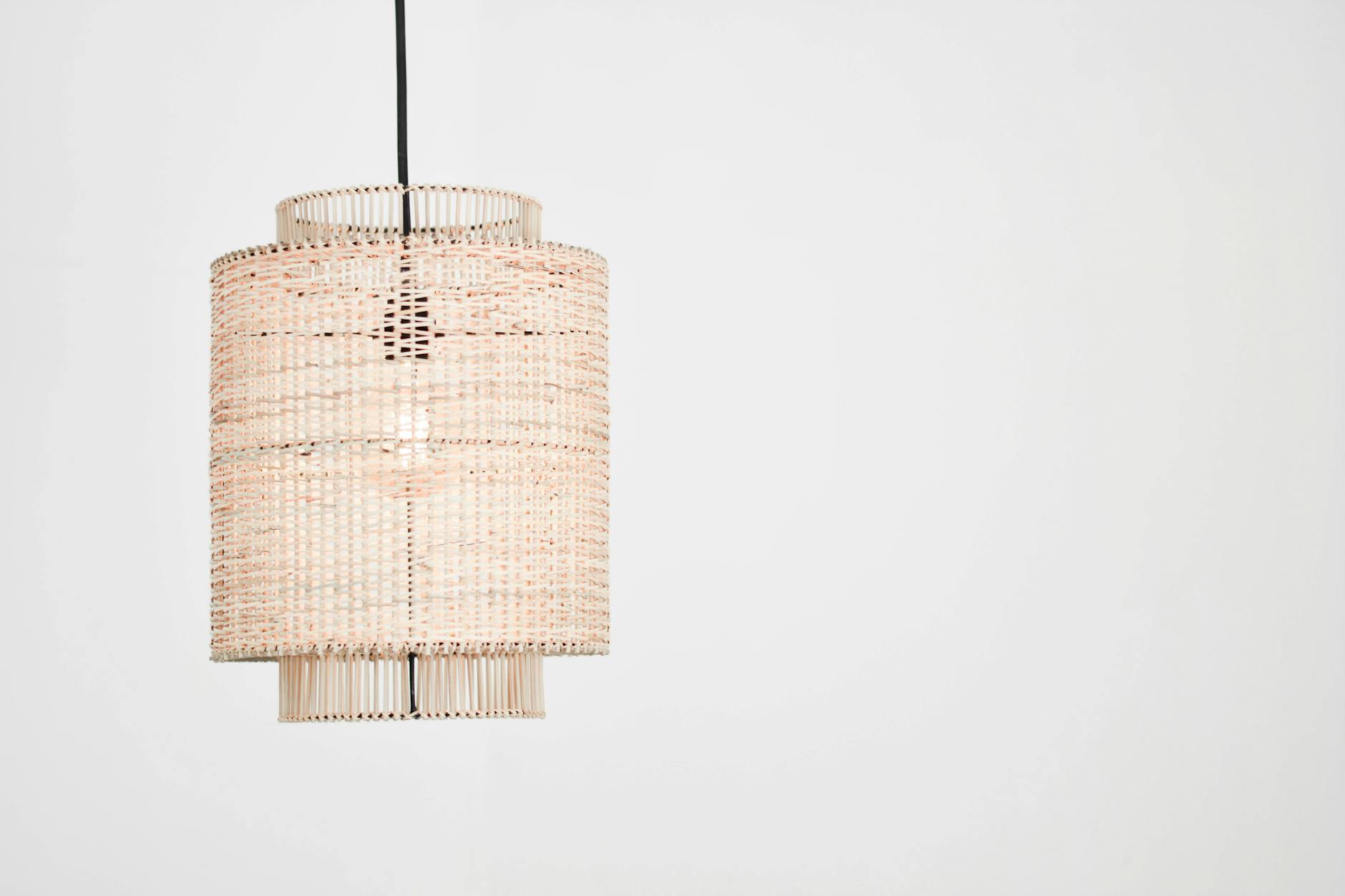
These lights can also be used to decorate trees. You can hang them on the branches and make your outdoor area look magical. Do note that these lights won’t be enough to illuminate your yard and should be used for decorative rather than practical purposes.
9. Chandeliers
Similar to pendant lights, chandeliers are hanging light fixtures but these are bigger and more intricately designed. This decorative light usually has branches to hold multiple bulbs and ornaments.

This fixture can serve as a focal point for your outdoor area, but the downside is that it will take up both vertical and visual space. If your patio, porch, or outdoor shade structure has limited space, you may want to opt for a single pendant light than an outdoor chandelier.
10. Floor Lamps
If you’re planning to extend your living space outdoors, then floor lamps will make the space feel and look like the inside of your home. A traditional lighting option used indoors, floor lamps would also look great in your outdoor space.
The only problem with floor lamps is that it might topple during a windy day. If you do opt for this lighting, make sure that their weight can hold them down or connect them to the wall or flooring. Don’t forget to look for floor lamps that are waterproof and designed for outdoor use.
Accentuate
Some lighting isn’t enough to showcase the beautiful architecture or design of your landscape. Fortunately, there are light fixtures made to accentuate these areas of your yard.
11. Lanterns
Lanterns are light fixtures commonly used to illuminate the details of the decor or architecture. These are low-voltage lights that cast a soft flow on a small or narrow surface. Most lanterns have a metal and glass casing and can either be freestanding or mounted to a wall.
These lights can be powered by electricity or a battery. Battery-powered lanterns are commonly placed on tables to illuminate the surface. It can highlight the tabletop decor or be used as additional lighting when eating or playing games.
12. Hurricane Candles
Another way to brighten up the tabletop and accentuate the decor is with a hurricane candle. Contrary to normal candles, these ones are larger and are often placed in a glass casing. It is recommended to use candles like these for your outdoor area since they won’t topple as quickly, preventing fire hazards.
13. Spot Lighting
This is a type of landscape lighting that produces a narrow beam to showcase a decoration, ornament, or plant, similar to having a spotlight on a person onstage or a museum piece. Spot lights are attached above ground level, usually below tall trees to give it height. The brightness ranges from moderate to high, enough to give focus to an object.
14. Garden Lights
On the other hand, garden lights are installed in the ground or nestled in rock landscaping. Similar to spot lighting, this type of lighting is also used to accentuate yard decorations, features, ornaments, and plants. This will ensure that the beauty of your garden can still be visible even after the sun has set.

15. Built-in LED Lights
One way to create mood lighting is to install LED lights into patio furniture such as benches. The soft glow curves and swirls the surfaces of the furniture, creating a beautiful underglow. These lights will accentuate the details of the furniture and create a beautiful ambiance when the bright lights are turned off.
16. Pool Lights
For those who have pools, use your pool any time of the day with pool lights. Aside from illuminating and providing structure to the pool, these can also be used as mood lighting. You can use different vibrant colors to create beautiful sparkling effects on the water surface.
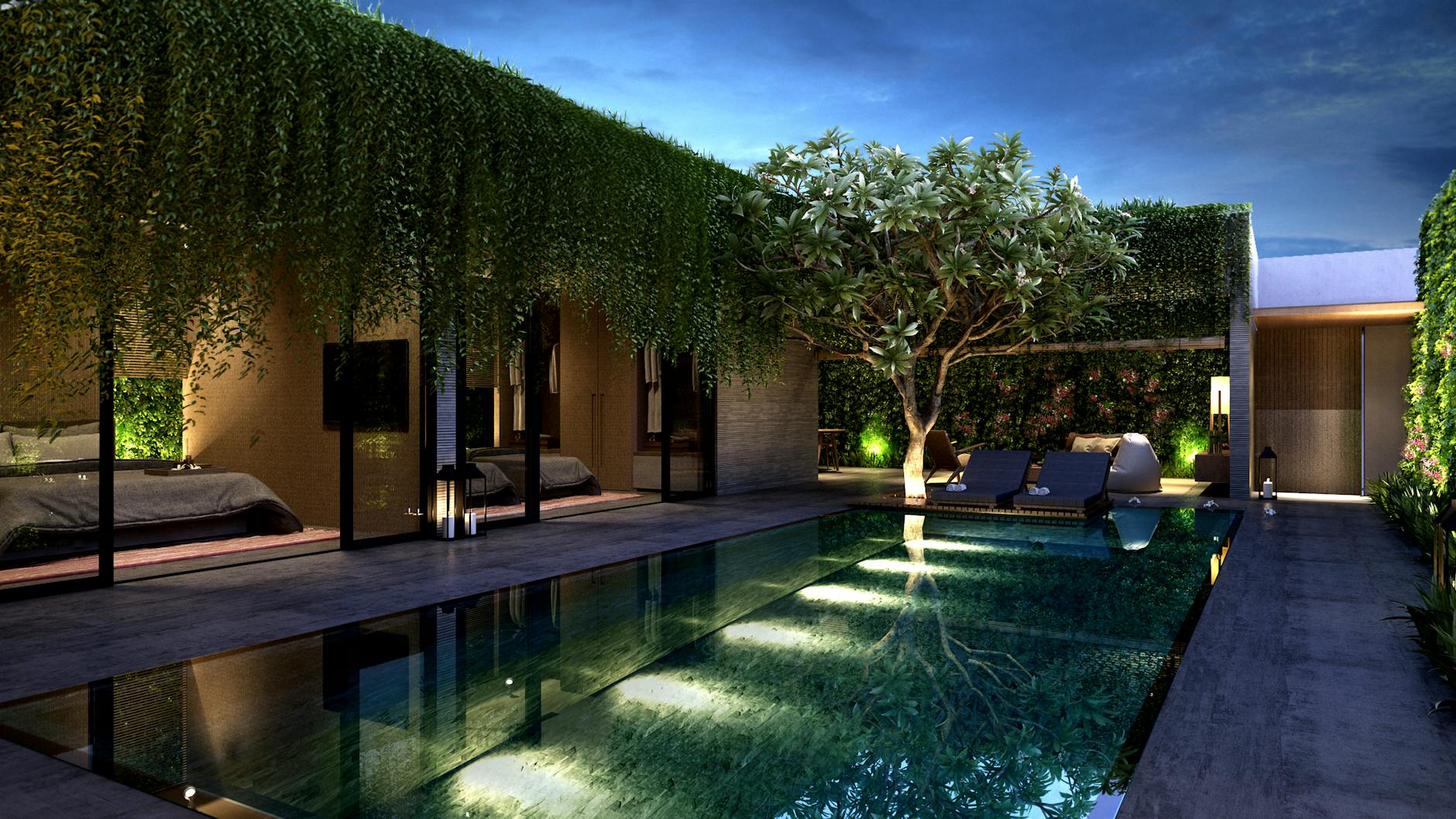
If you don’t have a pool, you can create a similar effect by installing lights in fountains or waterfalls. This will make your outdoor living space more peaceful and serene with the soft glow and trickling of water.
Security Lighting
Another important reason to have outdoor lighting is to increase security. These are preventive measures to deter potential threats and make you feel safer.
17. Floodlights
Unlike most of the lighting options above, floodlights emit a strong and bright beam, the brightest probably, in your yard. The light is usually blinding and can illuminate specific dark areas of your outdoor area. Make sure to get one that doesn’t spread too wide that it reaches your neighbor’s home.

Floodlights are commonly installed above yard entrances, walkways, garages, and other entry points of your yard and home. These are used to scare burglars and rogue animals, deterring criminal activity, and keeping your home safe.
18. Motion-Sensor Lights
If you don’t want to have bright light turned on all night long, you can opt for a motion-sensor light. These are just like floodlights but will only activate when there is movement. It will produce a strong beam that will scare would-be robbers and wild animals. This is recommended for those who want energy-saving security lighting.

Are you looking for a professional to install outdoor lighting? I recommend checking HomeAdvisor, where you can get estimates from trusted and reliable contractors in your area. All contractors also need to be licensed and insured in this platform.
After submitting your quote request, you'll be contacted by a few of their local contractors.


